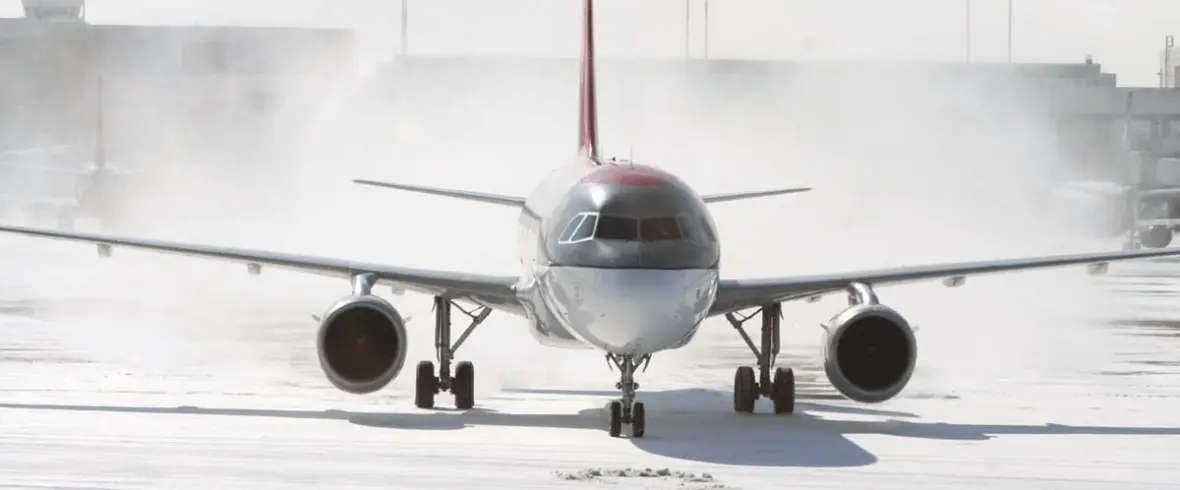GRF becomes operational

Milan Malpensa airport chooses an automatic system for runway conditions monitoring
One of the main causes of accidents during airport operations is the aircraft excursion from the runway, caused by rapid changes in runway conditions. To improve safety in operations, the ICAO (International Civil Aviation Organization, member of the UN) has implemented the Global Reporting Format (GRF), a protocol shared by all airports for communicating runway conditions.
By choosing LSI LASTEM systems, Milan Malpensa airport (international code MXP) was among the first in the world and the first in Italy to equip itself with an automatic system for runway conditions monitoring.
How does the GRF work?
The Global Reporting Format was introduced in 2018 to establish a globally standardized methodology for assessing and reporting the surface conditions of wet or contaminated runways. On November 4, 2021, the GRF became operational all over the world, introducing the use of a new reporting model of runway surface conditions, the Runway Condition Report (RCR), issued by the Airport Operator and transmitted – through the AIS and / or the ATS – to the Flight Crew, who use it to determine aircraft performance. The key element of the RCR is the Runway Condition Code (RWYCC), a numerical code that describes the surface conditions of the runway as a function of the type, thickness and diffusion of the contaminant. The procedures for RCR and RWYCC processing are based on the use of the Runway Condition Assessment Matrix (RCAM), a matrix that uses the track conditions detected on the ground as the main input and other information provided by the pilots.
According to the GRF, the airport manager reports a runway condition code (RWYCC) and a description of the runway surface that can be used by the flight crew for aircraft performance calculations.
An automatic system as a decision support
The automatic monitoring system adopted by Milan Malpensa Airport (MXP) allows to collect meteorological parameters and runway conditions in real time. The data collected and processed are a valid help for the evaluation and the consequent assignment of the code in the GRF. The systems are complete meteorological stations with a network of sensors for detecting the conditions of the runways asphalt. The availability of real-time data from various zones in the take-off and landing area allows for a quick and accurate assessment.
Constant maintenance for maximum security
The automatic monitoring system adopted by Milan Malpensa Airport (MXP) allows to collect meteorological parameters and runway conditions in real time. The data collected and processed are a valid help for the evaluation and the consequent assignment of the code in the GRF. The systems are complete meteorological stations with a network of sensors for detecting the conditions of the runways asphalt. The availability of real-time data from various zones in the take-off and landing area allows for a quick and accurate assessment.
